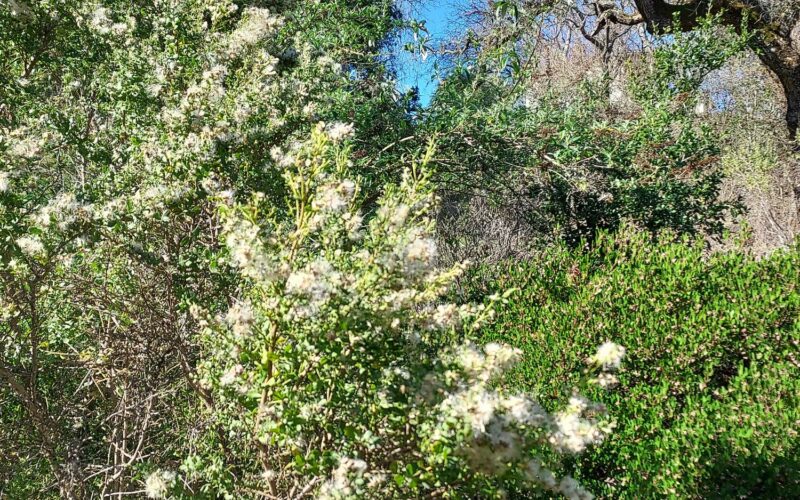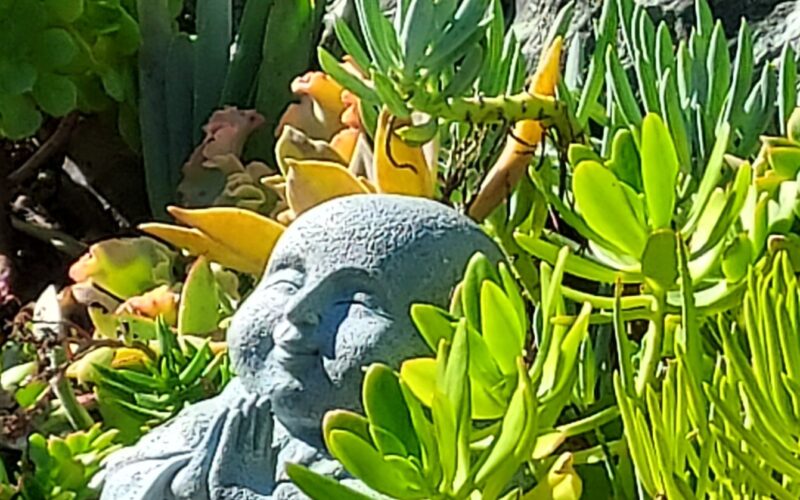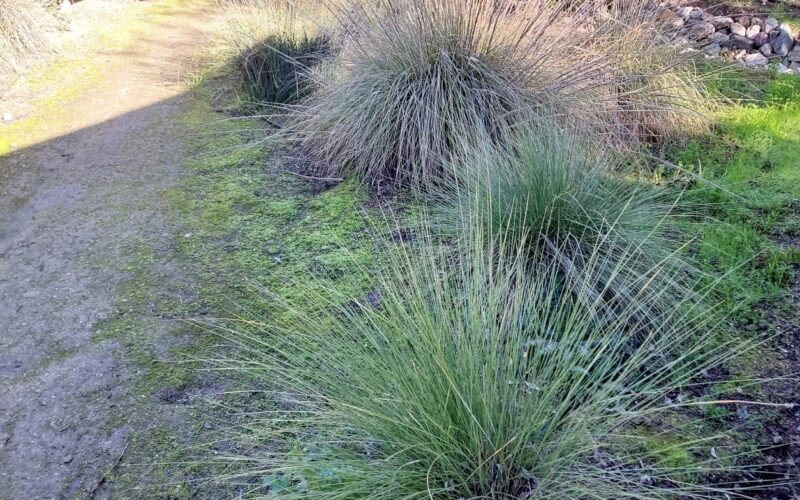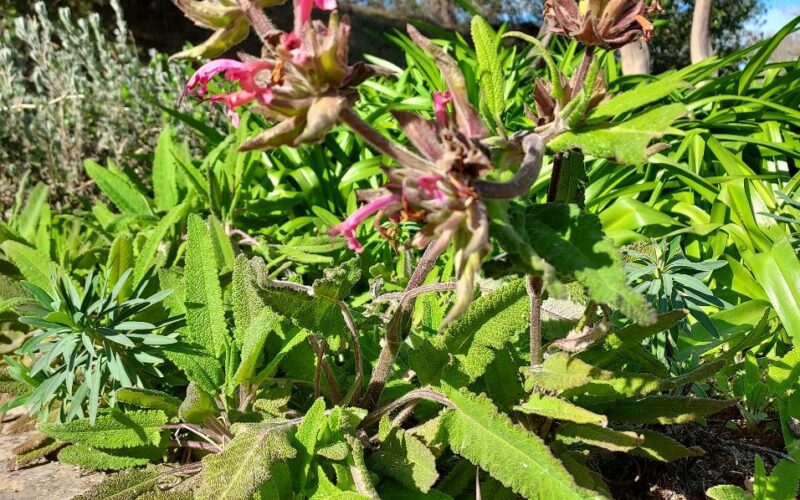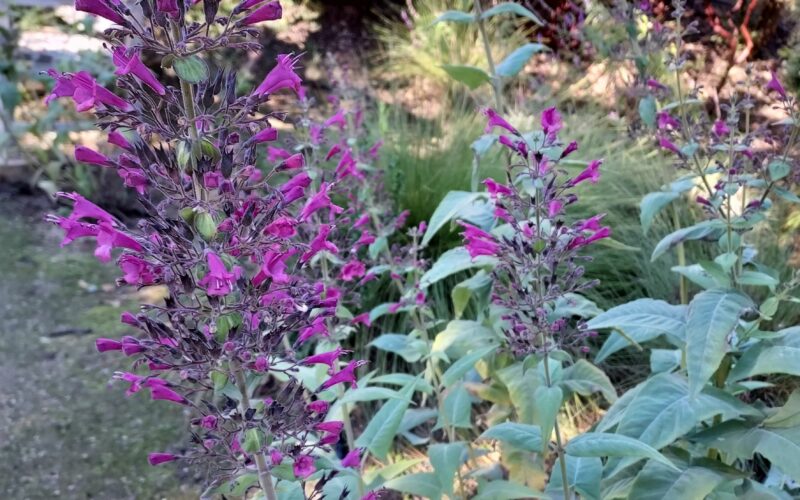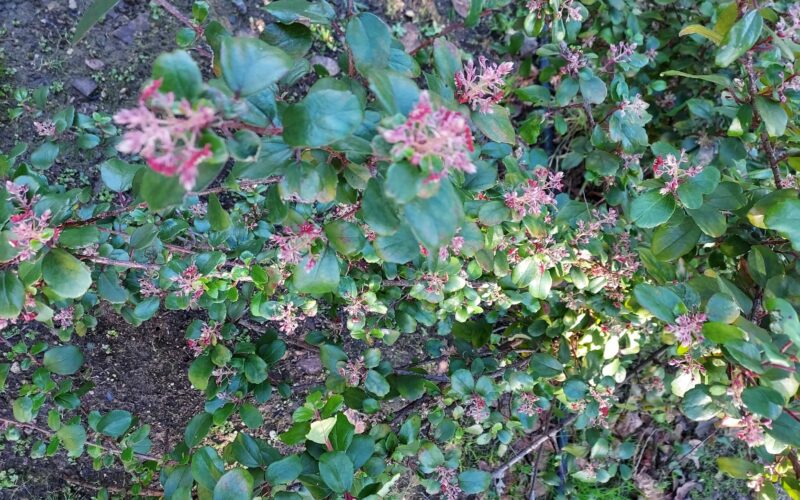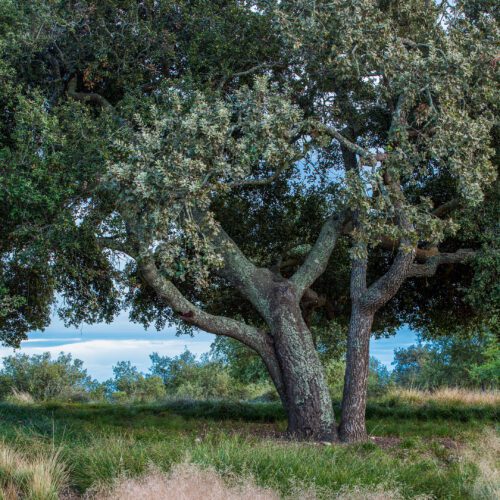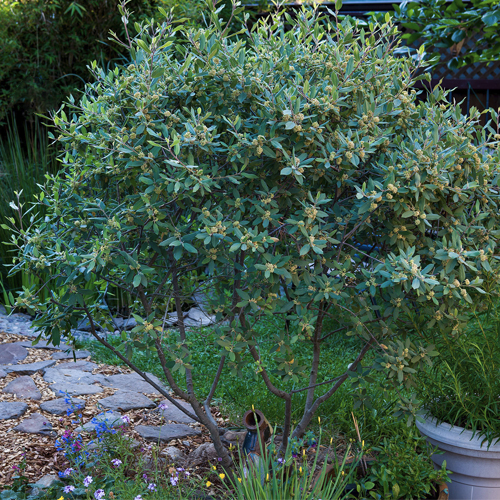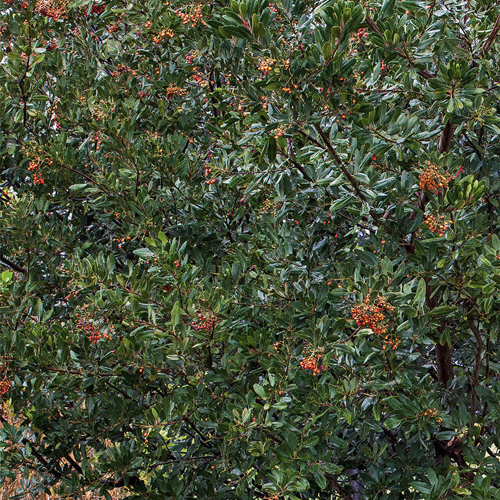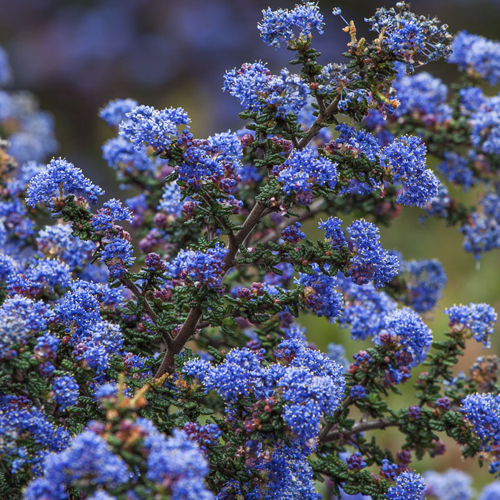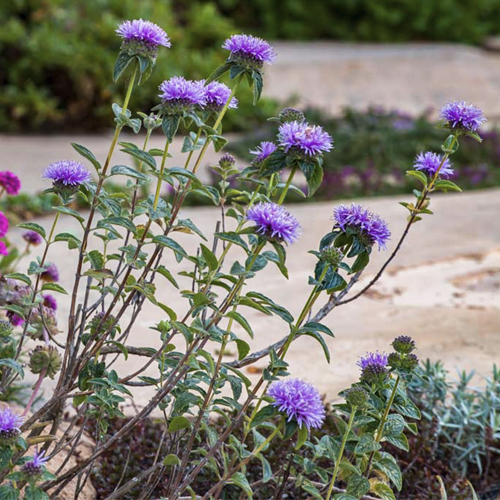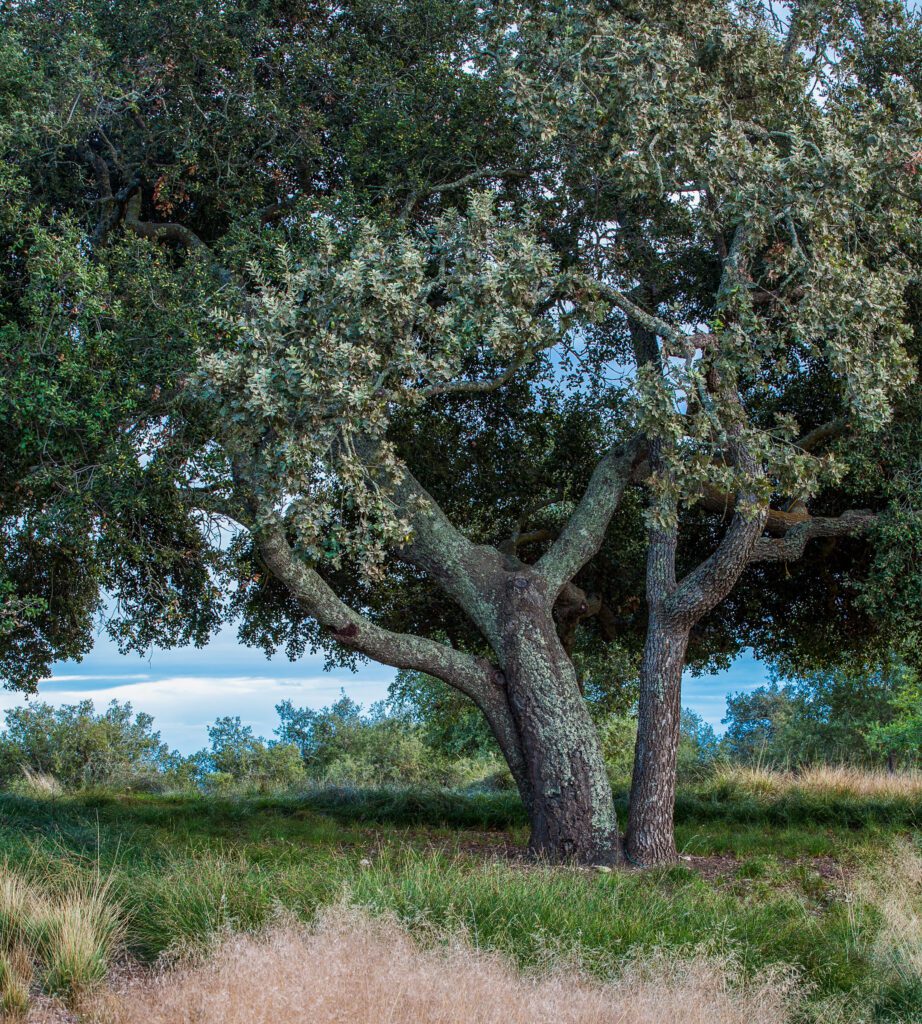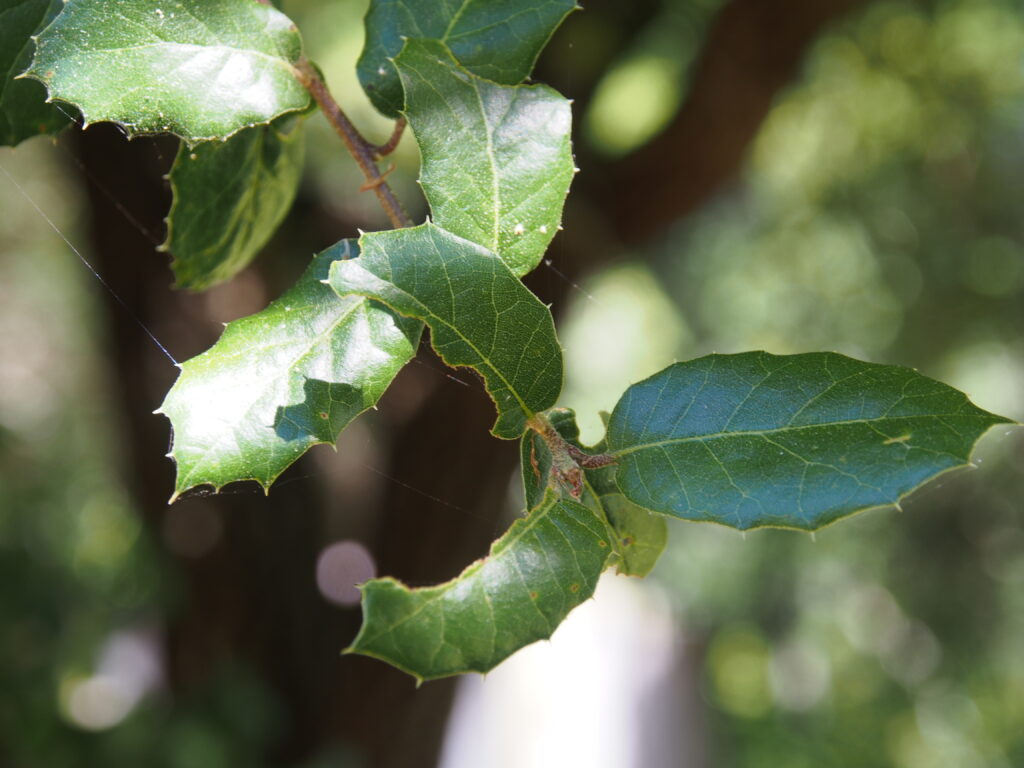Miles Mckey Meditation Garden
BACK TO FULL TOUR
Garden Features
Drought Tolerant
California Natives
Drip Irrigation
Pesticide Free
Permeable Surfaces
Wildlife Habitat
Originally established in 2008, our tranquil sanctuary emerged from a once-tangled patch of Oak woodland chaparral. Purposefully crafted to serve as a sanctuary for prayer, meditation, relaxation, and inspiration, it was meticulously designed to be both low-maintenance and water-efficient. Central to its allure are the resilient Manzanita, Ceanothus, and Coyote Bush, thriving effortlessly with minimal water requirements. Evolving over time, our garden has blossomed into distinct horticultural havens, including a vibrant patch of pollinator plants, a fragrant Sage Garden, and a captivating Succulent Garden, each weaving its unique narrative. As visitors traverse our winding path, framed by the enchanting embrace of a Wisteria arbor, they encounter a succession of tranquil havens: from the ethereal Stairway to Peace, to the intimate embrace of our Podocarpus-enclosed circular garden classroom, and the meandering dry river bed that gracefully traverses the garden’s expanse. Nestled amidst this verdant tapestry are treasures aplenty: a whimsical tea house, a wildlife water station inviting nature’s creatures, a secluded rock grotto, and a fairy circle of majestic Coastal Redwoods, each adding its own enchanting touch. Throughout this journey, native California flora dot the landscape, while inviting benches beckon weary travelers to pause and contemplate. Certified as a Wildlife Habitat, our Meditation Garden teems with life, as deer, quail, coyotes, rabbits, squirrels, and a symphony of birds find solace within its lush embrace, making it a testament to the harmonious coexistence of nature and sanctuary.

